 Editor's Note: This post is part of a weekly series titled the Promised Land where author David G. Woolley sheds his bloggish sensibilities and delves into the research and inspiration behind the characters and story lines of his Book of Mormon Promised Land Historical Fiction Series. This week it's archeology and the Lakhish Letters.
Editor's Note: This post is part of a weekly series titled the Promised Land where author David G. Woolley sheds his bloggish sensibilities and delves into the research and inspiration behind the characters and story lines of his Book of Mormon Promised Land Historical Fiction Series. This week it's archeology and the Lakhish Letters.Digging up the past is tedious work. Hot sun. Long days. Lots of dust. No fame. Little fortune. It's also about finding artifacts like pottery and customs from the past. That may appear to be a simple, straight forward matter. It's not.
The results of archeology are valuable to unmasking the mystery inherent in cultures from the ancient past. It also has its limitations. You can only infer so much about the sudden appearnace of a single rose petal on the handel of watering jars in ancient Mesoamerica or the quality of silver smithed for ancient Hebrew incense bowls. The most useful tool is the tried and tested stratigrapy. Dig a trench and what you find at the bottom is likely the oldest artifact. Not even an earthquake disrupts the age distribution.
There's also artifact and custom distribution. When you throw a rock into a pond, the ripple farthest from the center is likely the first one formed. So it is with artwork on pottery, religious beliefs, dance, technology, even a dentist's tool for pulling a tooth. Say you plot where each artifact is found or where each similar cultural custom occurs. The ones adopted first are likely those distributed farthest from the central point of origin. They are the ones that traveled to reach the outer most geographic borders of a civilization.
There's also typology. Every custom or artifact changes over time. Dances, artwork, pottery, clothing and etiquette vary in style with the passage of years. You may be able to identify the make and model of a sports car. But what about the placement of the tail lights, the profile of the body, the type of paint, or the sound of the engine that varies from year to year? Its the subtle changes in artifacts and customs which preserve a record of how a culture changed over time. Around the time of Christ's appearance to ancient Nephites, for example, the peoples inhabiting large regions of Mesoamerica gave up their regionally distinct religious artifacts, insence bowls and idol-dolls for a much simpler set of shared religious beliefs which included a simple drinking bowl. Some LDS scholars have suggested the bowl was used for administration of the sacramental bread and wine. But there could be other explanations. Science is nearly always tentative.
Dating ancient events through the use of tree rings, radio carbon counts, changes in language, the mixing of languages, artwork and pottery help decipher the ancient past. Of all the artifacts available, there is none as valuable as a written record that specifically describes events, names people by name, and identifies buildings and artifacts and ties all of them to a calendar date. John Starkey and his associates Miss Tufnell and Mr. L. Harding of the Welcome Archaeological Research Expedition to the Near East, and Dr. Torczyner a linguist from the Hebrew University did just that.
Lakhish was an impressive double walled fortress set high on a hill overlooking the Arim valley. It was strategically placed on the southern trade route twenty fives miles from Jerusalem. It was the first line of defense against an attack from Egypt or Babylon. The Lakish Letters were found not in the palace treasury located in the center of the city-fort where most records would likely have been kept, but locked away in a highly secured guard station in the bastion--the passageway between the upper and lower gates.
 It's not certain who authored the Lakish Letters. The handwriting and language differs between some, but not enough to arrive at any conclusions as to authorship. The letters make reference to other military communications between officers at Jerusalem (possibly Captain Laban mentioned in the Book of Mormon) and Commander Yaush at Fort Lakhish. Laban is not mentioned by name and it is unlikely any of these letters came directly from his pen, though they summarize the wishes of the military commanders in Jerusalem with regard to Uriah the prophet, thought to be a traitor for preaching peace with Babylon rather than Egypt.
It's not certain who authored the Lakish Letters. The handwriting and language differs between some, but not enough to arrive at any conclusions as to authorship. The letters make reference to other military communications between officers at Jerusalem (possibly Captain Laban mentioned in the Book of Mormon) and Commander Yaush at Fort Lakhish. Laban is not mentioned by name and it is unlikely any of these letters came directly from his pen, though they summarize the wishes of the military commanders in Jerusalem with regard to Uriah the prophet, thought to be a traitor for preaching peace with Babylon rather than Egypt.It was January 29th, 1935. The day they found the first three letters. The expedition was over budget and a year beyond its funding. They were living on a shoe string. Money to pay the local Palestinians for digging operations was drying up. They offered them bread. Expedition leader Dr. John Starkey would be killed by robbers a year later while traveling between the excavation site and Jerusalem, effectively giving his life to uncover more of the mystery hidden at Fort Lakhish. He was desperate to find a written record, anything to corroborate his theory that this hill was the ancient site of Fort Lakhish. What he found were voices speaking from the dust.
Eighteen letters written on broken pieces of pottery were eventually unearthed. Evidence in the trial of Uriah. Proof that military officials had turned the top secret letters from Jerusalem over to the Jewish prophet. And since the letters provided the names of people who were contemporaries to Lehi, a Book of Mormon prophet living in Jerusalem at the time, they became the only other record outside the Book of Mormon and the Old Testament verifying the desperate circumstances leading to the Babylonian destruction of Jerusalem shortly after the turn of the sixth century B.C.
The original Lakhish Letters mention the detrimental effects of the preaching of Uriah and other prophets, claiming that their words weakened the resolve of the military during the escalating conflicts with Babylon, in essence, accusing Uriah of treason. They discuss the inspection of Fort Lakhish by military officers from Jerusalem and they also contain the curse against the king and his offspring.
This dramatization adapted from the epilogue of Power of Deliverance, Volume II in the Promised Land Series highlights the discovery:
“Don’t move, Harding.” John Starkey carefully picked two odd-shaped scraps of broken pottery from between Harding’s boots and poured water over them, loosening the ancient soil with his thumb until the lines of flowing Hebrew script came into bold relief. “Do you know what you’ve found?”
The ostraca measured five inches wide and three inches high. The edges were jagged but the writing surface was smooth.
Harding said, “What do they say?”
“This one is a list of names.” John cleaned away the soil from the second one. “And this one's a letter from one of the king’s generals, possibly the captain of the guard in Jerusalem.”
“Which king?
John ran his fingers carefully over the surface, touching each Hebrew character that had been seared into the clay by the heat of the ancient fire and preserved for over two millennia. He walked across the guard station and sat down on the excavated stone bench. They had their first writings, and for that he should shout for joy, but instead of answering his questions, the letters only posed new ones. Was this the workplace of a scribe or the storehouse for records? Maybe it was a stockade and these letters were held under lock and key for a pending trial.
He said, “Zedekiah, the last king of the Jews.”
Archeology like all science is forever a tentative endeavor. Uncertain. Full of inference. Theoretical. But find a manuscript from the ancient past complete with names, detailed events, and a tie to a calendar date and archaeologists get excited. With the Book of Mormon there's even more reason to be enthused. Its an ancient text that meets all the criteria for unlocking the past.
It also has the power to unlock your soul with spiritual certainty.
__________________________
Join author David G. Woolley at his Promised Land Website. He is also a weekly contributor to the Latter Day Authors blog and he writes commentary and opinion at the Utah Ranger's Far Post blog

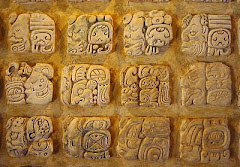
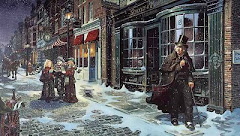


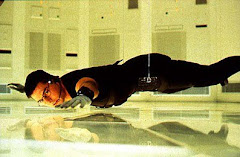
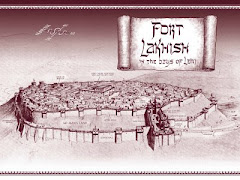



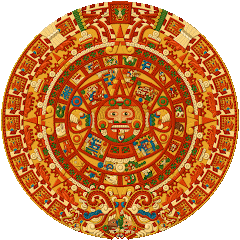
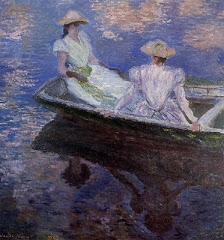
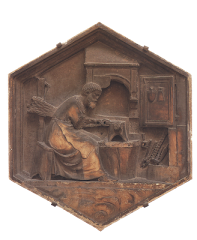

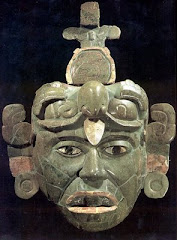



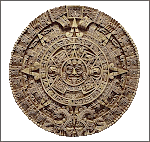

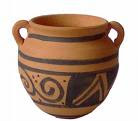
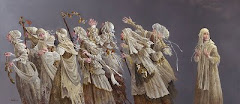
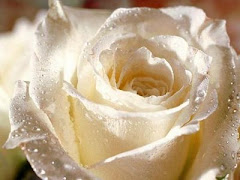


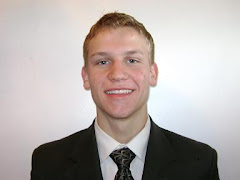
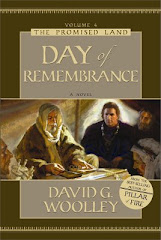



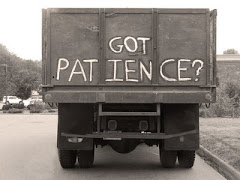
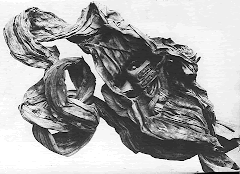
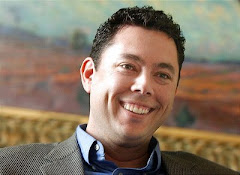

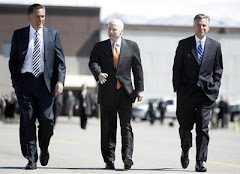


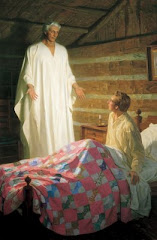
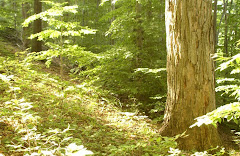

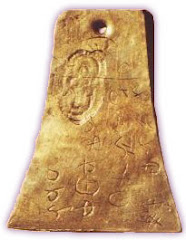


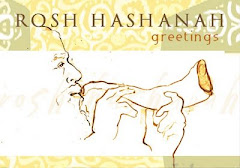

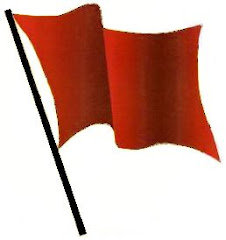
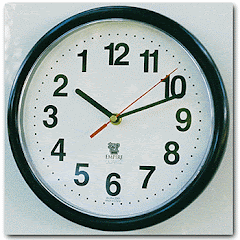

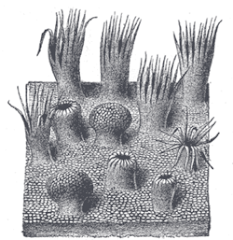
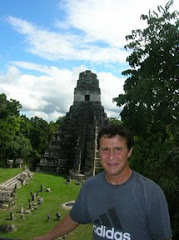


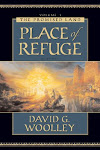
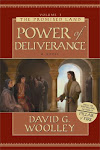

7 comments:
Where did you learn all this? Or do I need to wait for the book to read the notes?
Fascinating. And I'm so glad that the prologue -- or first chapter, I don't remember which -- remained intact. I loved it!
Kerry, I agree with you. It almost makes me want to go back to school to become an archeologist get a degree in ancient history or something!
Or maybe I'll just read David's books and chapter notes instead.
Kerry Blair:
You're alive. And you're also avoiding your blogging responsibilities. I don't want any lecture about the difficulties of recovering from cancer or MS. Do you really think that gets any sympathy from me? Really?
Kerry: Where did you learn all this?
Woolley: I read a book once.
Kerry: The notes
Woolley: No. The book. The whole thing.
Kerry: I thought you wrote books.
Woolley: I copy and paste books. Didn't you notice some similarities in my plot lines, dialouge and descriptions? All you have to do is change the character names, setting names and a few other details and the copy and paste method works like a charm.
Kerry: I did notice some similarities.
Woolley: You did that for Counting Blessings, right?
Kerry: I can't believe you just said that.
Woolley: Touchy
Kerry: Argh!
Woolley: From where did you cut and paste that cool cover?
Kerry: I'm not ever coming back to this blog.
Woolley: Its not like you invited any of you friends to come. I mean, what's one reader anyway.
Kerry: I saw a gravestone with your name on it when I went for my nightly walk.
Woolley: That's just weird.
Kerry: I never gave you permission to do an interview.
Woolley: I never asked. It takes too much time to do that "check with the author before I post it in a blog" thing.
Kerry: You're so classless.
Woolley: I knew that.
Kerry: I hope you hate your brown, ugly cover.
Woolley: Been there. Done that.
Kerry: I'm leaving.
Woolley: Not until I say you can leave.
Kerry: I hate coersion.
Woolley: I love total control.
Sandra:
Thanks for reading the Lakhish post. I was worried it might be too technical. Thankfully it didn't bore you or Kerry.
I know that feeling of wanting to dig up the past. Believe me. It isn't as romantic as this post or Indiana Jones would lead you to believe. Better to just read a book about it. For sure!
David G. Woolley
David,
I love your books! I've listened to them all on CD years ago, and am now going back through them again. Is there a volume 5? I seem to remember being left hanging after 4 my first time around. And where did you find your "book" on the Lakhish Letters? I've been searching for more information, but can only find your books and blog.
David,
I love your books! I've listened to them all on CD years ago, and am now going back through them again. Is there a volume 5? I seem to remember being left hanging after 4 my first time around. And where did you find your "book" on the Lakhish Letters? I've been searching for more information, but can only find your books and blog.
Hi Brady Family:
Thanks for you comment at Top of the Morning. As you can see, its been far too long since we posted an in-depth article. We're busy putting the final touches on volume 5. When that's done, Top of the Morning will get more attention.
The report of the Welcome Archeological Expedition to the Near East was printed under the sub title: FORT LACHISH, in about 1937, soon after the leader of the expedition was murdered by bandits near Hebron on a trip between the dig site and Jerusalem.
The only VERY OLD copy I was able to find is in the Social Sciences library at Brigham Young University. It is a very old copy and well-used. I was suprised that it hadn't been moved to the special collections to protect it better. You can read the reports, see the pictures and the letters and their transcription in the words of the people quoted in the second volume of my series, POWER OF DELIVERANCE. I hope that answers your questions.
Come back often and spend some time. And I hope you enjoy volume 5 when it is released. Volume six begins in the NEW WORLD. That should be an adventure.
All the best.
Post a Comment